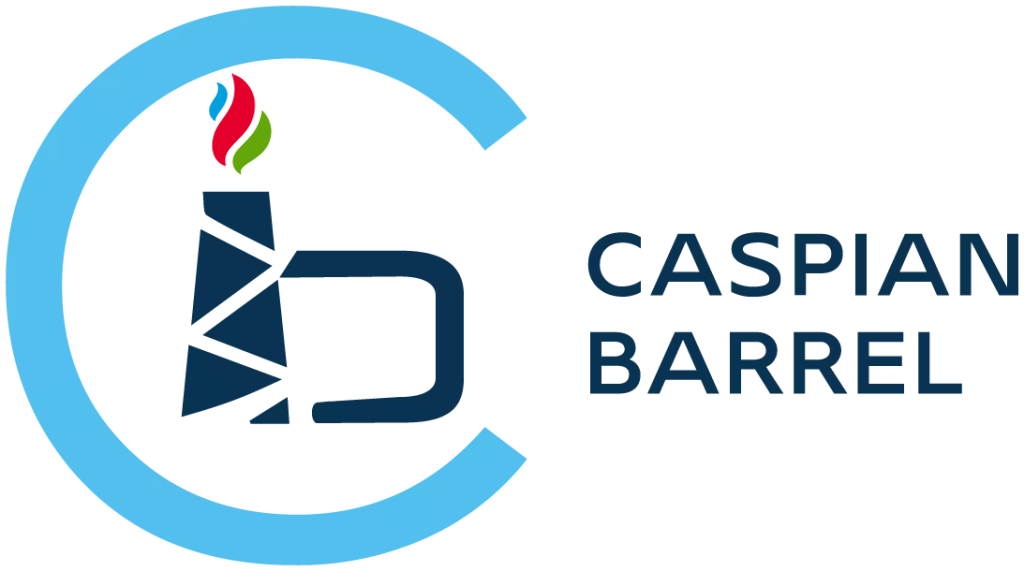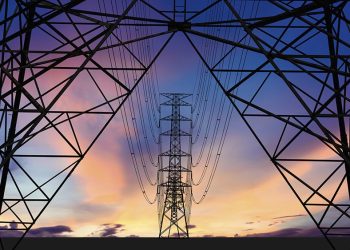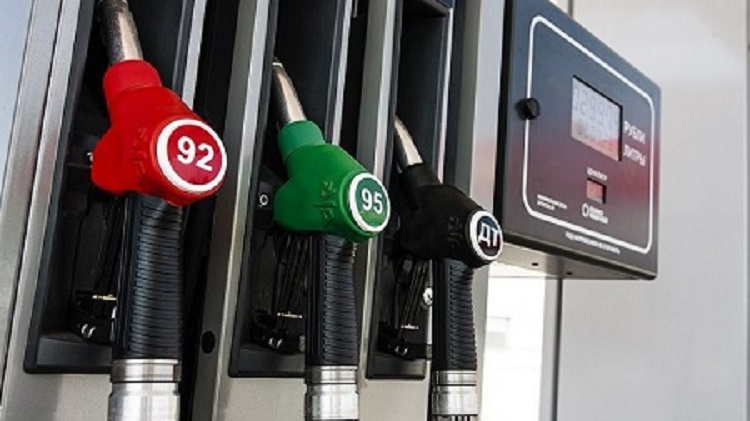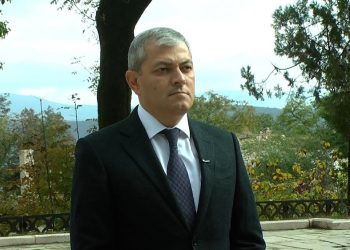Mehdi Khoseini, Senior Advisor of Iranian Oil Minister, said that the funds will be needed to increase production of oil and construction of the plants for liquefication of natural gas and other facilities for oil and gas refining.
Khoseini said that Iran offers unique advantages to the investors, including low cost of production, simplified access to the international sea routes, experienced local staff and modern infrastructure.
“Iran has many projects with low cost oil and gas and high profitability. This will be able to compensate many concerns of the investors, related, in particular, to decline of oil prices, limited financial resources and growing unwillingness of the banks to allot credits to the companies for the oil projects,” IRNA quoted Khoseini.
Khoseini believes that Iran’s return to the world oil market will not cause further reduction of oil prices.
“Deliveries from Iran stage could lead to reduction of the price at the first stage. However, we expect that extraction of shale hydrocarbons in the US will drop by at least 500,000 barrels a day in 2016, because of high production costs and shortage of funds. Iranian oil will fill the gap then,” he said.
He also said that Iran plans to increase oil production in three stages: at first by 500,000 barrels after cancellation of sanctions, then up to 4.2 million barrels a day – the level, which has been achieved before introduction of sanctions. The third stage will mean increase in production by 2 million barrels up to 6 million barrels of oil a day.












